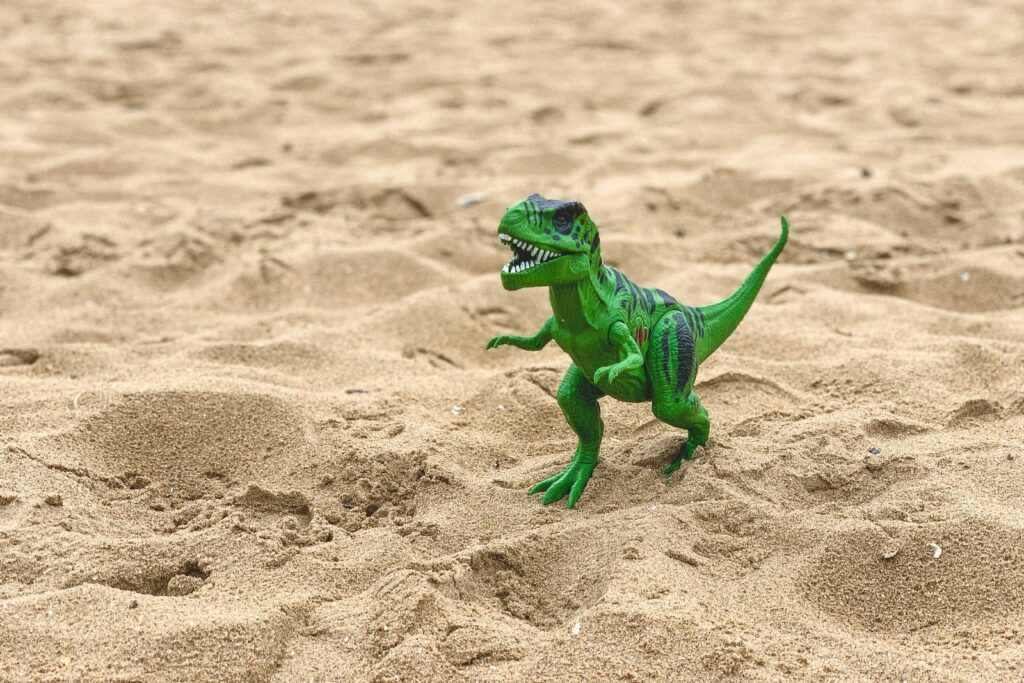Paleontology often finds itself at fascinating crossroads where evidence suggests intriguing behaviors in prehistoric creatures, only to be met with compelling counterarguments. One such contentious debate centers around potential cannibalism in dinosaurs. A particular fossil discovery has reignited this discussion, presenting what some researchers interpret as clear evidence of dinosaur-on-dinosaur predation, while others remain skeptical. The question of whether dinosaurs engaged in cannibalistic behavior challenges our understanding of these ancient creatures and highlights the complexity of interpreting fossil evidence that’s millions of years old.
The Controversial Fossil Discovery

The fossil at the center of this scientific debate was discovered in the Morrison Formation, a rich paleontological site spanning several western U.S. states. Dating back to the Late Jurassic period, approximately 150 million years ago, this particular specimen shows what appears to be tooth marks on the bones of an Allosaurus, a large carnivorous dinosaur that dominated North American ecosystems of that time. What makes this find particularly controversial is that the tooth marks seem consistent with those of another Allosaurus, suggesting potential cannibalistic behavior. The specimen includes several vertebrae and rib fragments that show distinct patterns of scoring and punctures that paleontologists can analyze for clues about feeding behaviors. This remarkable preservation offers a rare glimpse into possible predator-prey interactions from an era long past, though its interpretation remains hotly contested.
Understanding Dinosaur Cannibalism

Cannibalism, defined as the consumption of members of one’s species, is not uncommon in the animal kingdom. Modern examples include certain species of sharks, crocodiles, and various insects that regularly engage in cannibalistic behaviors under specific circumstances. In the context of dinosaurs, proving cannibalism requires meeting several scientific criteria: confirming the predator and prey belonged to the same species, establishing that the marks on the bones are indeed feeding traces rather than taphonomic artifacts (changes occurring during fossilization), and ruling out alternative explanations such as scavenging on already-dead individuals. Paleontologists also distinguish between predatory cannibalism (actively hunting conspecifics) and opportunistic cannibalism (consuming already dead members of one’s species). The distinction matters significantly when interpreting the ecological implications of such behavior. Understanding these nuances helps frame the debate around this particular fossil find and explains why scientists remain divided in their interpretations.
The Case For Cannibalism

Proponents of the cannibalism interpretation point to several compelling pieces of evidence. First, the tooth marks on the Allosaurus bones match the size, spacing, and serration patterns of Allosaurus teeth, suggesting that another member of the same species inflicted these wounds. Second, some marks show evidence of healing, indicating that the bite occurred while the victim was still alive rather than through post-mortem scavenging. Third, the pattern of damage appears consistent with active predation rather than incidental damage from other processes. Additionally, researchers supporting this interpretation note that the fossil was found in a context suggesting drought conditions, which might have increased competition for resources and potentially driven normally non-cannibalistic animals to extreme behaviors. Comparisons with modern predators, particularly large carnivores under environmental stress, provide further support for the plausibility of dinosaur cannibalism under certain ecological pressures. For these scientists, the fossil represents a rare glimpse into complex dinosaur behavior.
The Skeptics’ Perspective
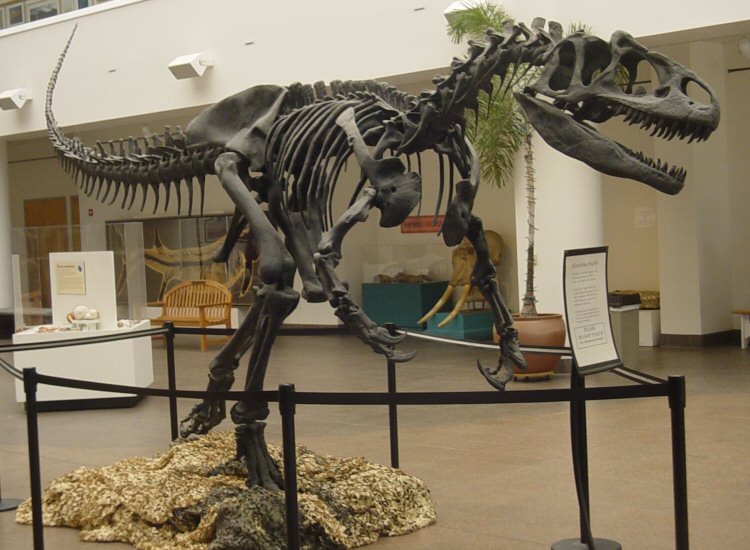
Critics of the cannibalism hypothesis offer several alternative explanations for the observed tooth marks. Some researchers suggest that the marks could have been made by a different, similarly-sized theropod dinosaur with comparable dental characteristics. Others propose that the marks represent post-mortem scavenging rather than active predation, noting that carnivores will often feed on already-dead members of their species without actually hunting them. Another compelling counterargument focuses on taphonomic processes – the various physical, chemical, and biological factors that affect remains as they become fossilized. These natural processes can sometimes create markings that resemble bite marks but are the result of sediment compression, mineral action, or the activity of invertebrate scavengers. Skeptics also point out that without more complete skeletal evidence showing a clear predator-prey relationship, the cannibalism interpretation remains speculative at best. These scientists advocate for more conservative interpretations of the limited evidence available.
Similar Findings in the Fossil Record
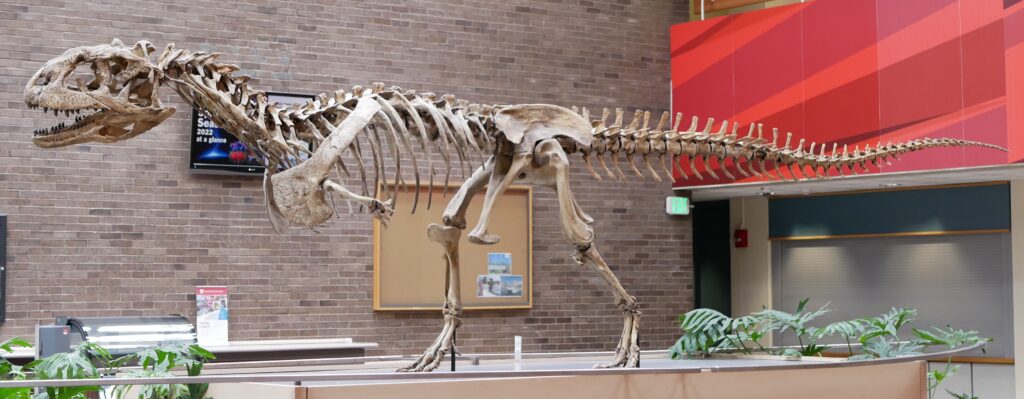
The controversial Allosaurus fossil is not the only potential evidence of dinosaur cannibalism in the paleontological record. Several other cases have been documented across different dinosaur species and periods. Perhaps the most compelling involves Majungasaurus, a Late Cretaceous theropod from Madagascar, where multiple bones bearing tooth marks matching those of the same species strongly suggest cannibalistic behavior. Similar evidence has been proposed for Tyrannosaurus rex, though this remains contentious among experts. Coelophysis, a small Early Jurassic theropod, was long believed to be cannibalistic based on specimens appearing to contain juvenile remains in their abdominal cavities; however, more recent analysis has called this interpretation into question. Each of these cases demonstrates the challenges of proving cannibalism in extinct species and highlights why the current Allosaurus debate fits into a broader pattern of paleontological detective work. These comparative cases provide important context for evaluating the strength of evidence in this newest controversial finding.
Modern Analogues in Living Reptiles

Looking at modern relatives of dinosaurs provides valuable insights into the plausibility of cannibalistic behavior in these extinct animals. Crocodilians, the closest living relatives to dinosaurs besides birds, frequently engage in cannibalism, with larger individuals preying on smaller ones when opportunities arise. Komodo dragons, the largest living lizards, regularly consume members of their species, including juveniles and weakened adults. Monitor lizards exhibit similar behaviors under certain ecological conditions. These modern examples demonstrate that cannibalism is indeed part of the behavioral repertoire of large reptilian predators, particularly during resource scarcity or when size disparities make smaller individuals vulnerable to larger ones. However, paleontologists caution against direct behavioral inferences based solely on phylogenetic relationships, as dinosaurs occupied unique ecological niches and evolved distinct behaviors over millions of years. Still, these modern examples provide a framework for understanding the ecological contexts in which cannibalism might emerge in large reptilian predators.
Scientific Methods Behind the Analysis
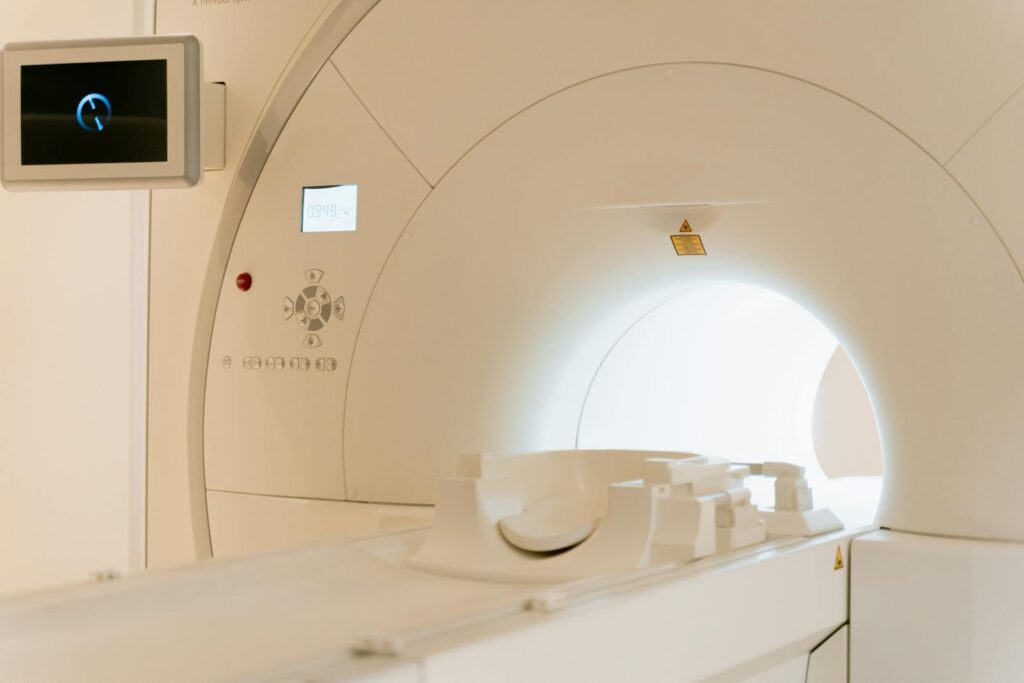
Determining whether tooth marks on fossils represent cannibalism involves sophisticated analytical techniques. Researchers use high-resolution imaging, including microscopy and CT scanning, to examine the fine details of bone damage. These technologies allow scientists to measure the width, depth, and spacing of tooth marks and compare them against the known dentition of various dinosaur species. Chemical analysis of the fossil can sometimes reveal trace elements that provide clues about the timing of the damage relative to the animal’s death. Experimental studies using modern animal analogues help researchers understand how different feeding behaviors create distinctive damage patterns on bones. Comparative taphonomy, which examines how remains decompose and fossilize under various conditions, helps distinguish feeding traces from other marks that might appear during the fossilization process. These methodological approaches form the foundation of arguments both for and against the cannibalism interpretation, with different specialists sometimes reaching different conclusions from the same evidence based on their methodological emphasis and experience.
Ecological Implications of Dinosaur Cannibalism
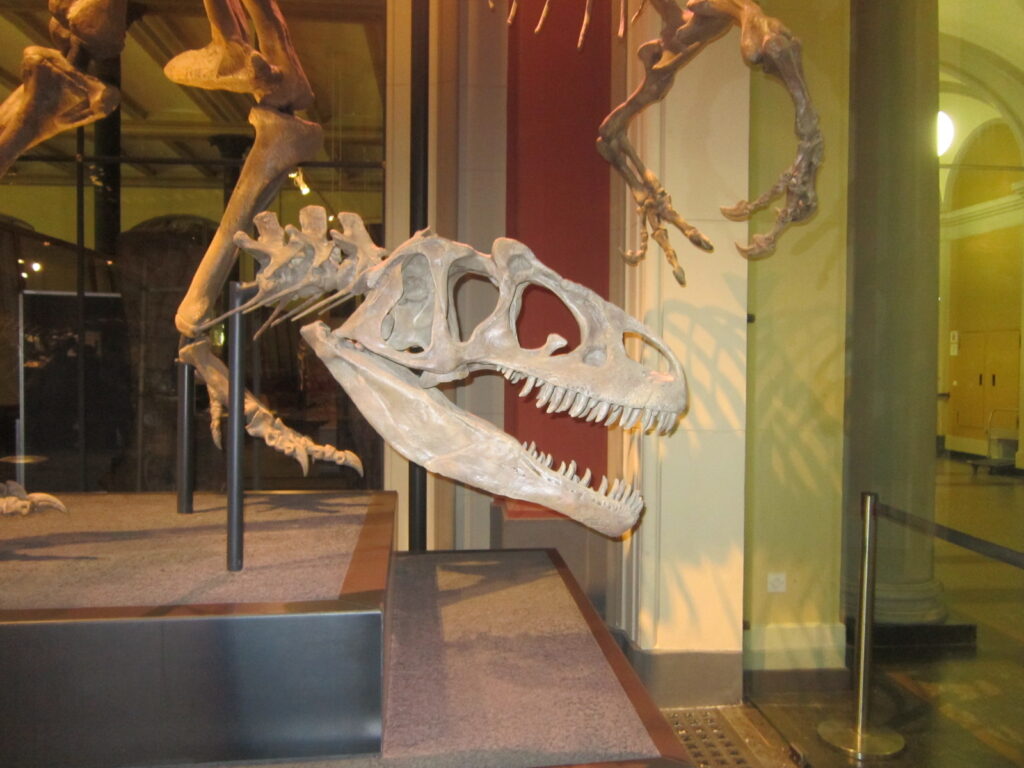
If cannibalism was indeed part of Allosaurus’ behavior, this would significantly impact our understanding of Late Jurassic ecosystems. Cannibalistic tendencies would suggest complex population dynamics where larger individuals might control population density through predation on smaller conspecifics. This behavior could have evolved as a resource-maximizing strategy during periods of environmental stress, such as drought, when preferred prey became scarce. Cannibalism might also have influenced Allosaurus’s social structure, potentially limiting group formation or creating age-segregated populations to minimize cannibalistic encounters. From an evolutionary perspective, cannibalism could have served as a selective pressure favoring rapid growth to escape the vulnerable size range or the development of defensive adaptations against larger individuals of the same species. These ecological implications make the cannibalism question far more than a curiosity—it potentially reshapes our understanding of dinosaur community structure and evolution. However, these interpretations remain speculative without more definitive evidence of whether cannibalism was a regular behavior or an exceptional occurrence.
The Challenge of Interpreting Ancient Behavior
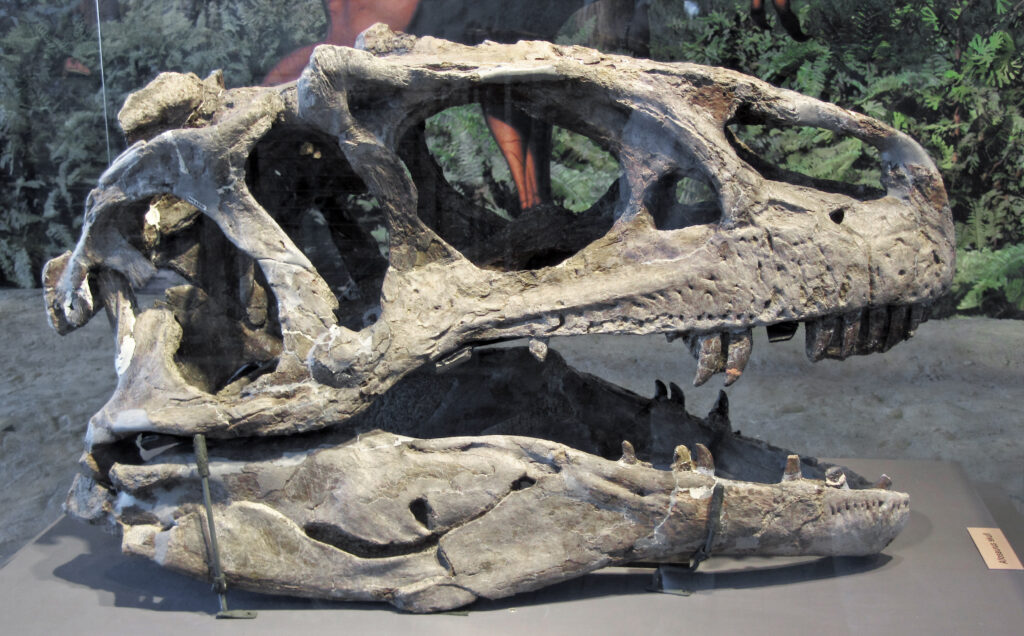
Paleontologists face unique challenges when attempting to reconstruct the behaviors of extinct animals, particularly those as ancient as dinosaurs. Unlike studies of living organisms, where behaviors can be directly observed, inferences about dinosaur behavior must rely on indirect evidence preserved in the fossil record. This evidence is inherently incomplete due to the selective nature of fossilization, which preserves only certain tissues under specific conditions. Furthermore, the fossil record captures only moments in time, making it difficult to determine whether an observed phenomenon represents normal behavior or an anomaly. Cultural biases and preconceptions can also influence how scientists interpret ambiguous evidence, sometimes leading to projections of modern values or expectations onto ancient organisms. The time gap between modern researchers and their subjects, spanning tens or hundreds of millions of years, creates epistemic limitations that cannot be fully overcome regardless of technological advances. These inherent constraints explain why questions like dinosaur cannibalism often remain open to multiple interpretations despite seemingly compelling evidence.
How New Technologies Are Changing Paleontology

The debate over this controversial fossil highlights how modern technological advances are revolutionizing paleontological research. Digital microscopy now allows researchers to examine bone surfaces at unprecedented levels of detail, revealing minute scratches and marks that previous generations of scientists could not detect. Three-dimensional scanning technologies create virtual models that can be manipulated, measured, and shared among researchers worldwide without risking damage to precious specimens. Biomechanical modeling software helps scientists test hypotheses about bite forces and feeding mechanics to determine whether certain patterns of damage are consistent with proposed feeding behaviors. Advances in geochemistry enable more precise dating and environmental reconstruction, providing crucial context for interpreting behavioral evidence. These technologies don’t necessarily resolve debates like the cannibalism question, but they do provide richer data sets upon which arguments can be built. As these tools continue to evolve, paleontologists gain increasingly sophisticated methods for extracting information from the limited physical evidence available, potentially bringing us closer to answering long-standing questions about dinosaur behavior.
The Broader Scientific Significance

Beyond the specific question of whether this particular fossil represents evidence of cannibalism, the debate illustrates fundamental aspects of how science progresses. The back-and-forth between competing interpretations, supported by detailed analysis and counterarguments, exemplifies the self-correcting nature of scientific inquiry. Each side must present evidence and reasoning that can withstand scrutiny from expert colleagues, leading tan o increasingly refined understanding even when complete consensus remains elusive. This process demonstrates how paleontology, despite working with fragmentary evidence from the distant past, employs rigorous methodologies to test hypotheses about ancient life. The controversy also highlights the interdisciplinary nature of modern paleontological research, which draws on geology, biology, chemistry, physics, and computer science to extract maximum information from fossil evidence. Whether or not cannibalism occurred in Allosaurus, the debate itself contributes to scientific progress by stimulating new research questions, methodological innovations, and theoretical frameworks for understanding ancient ecosystems. This case study in scientific disagreement reveals the dynamic, evolving nature of our knowledge about prehistoric life.
Public Fascination with Dinosaur Behavior
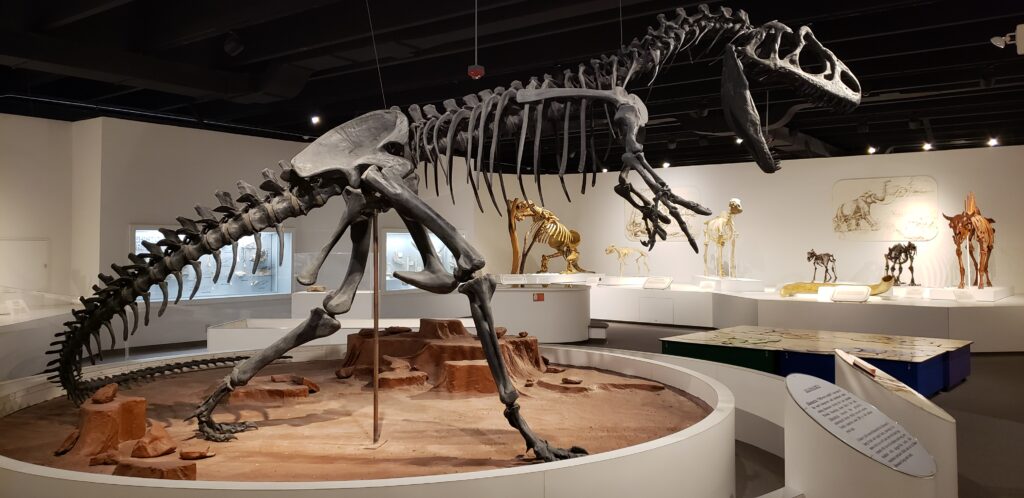
The question of dinosaur cannibalism captivates public imagination in ways that exemplify our broader fascination with these ancient creatures. Dinosaurs occupy a unique cultural position as organisms that are scientifically studied yet popularly mythologized, making discoveries about their behavior particularly compelling to non-specialists. The possibility of cannibalism taps into primal human interests in predation, violence, and the extremes of animal behavior, similar to the popular appeal of documentaries featuring predator-prey interactions. Media coverage of such discoveries often emphasizes the sensational aspects, sometimes at the expense of scientific nuance, but also serves to engage broader audiences with paleontological research. Museums and educational institutions frequently use behaviorally interesting aspects of dinosaur life, including potential cannibalism, as entry points to discuss broader concepts in evolution, ecology, and the nature of scientific evidence. This public fascination, while sometimes leading to oversimplification, ultimately supports the field of paleontology by generating interest, funding, and new generations of researchers inspired by these ancient mysteries. The cannibalism debate thus exists not only within scientific discourse but also in the broader cultural conversation about prehistoric life.
The Verdict: What Can We Confidently Conclude?
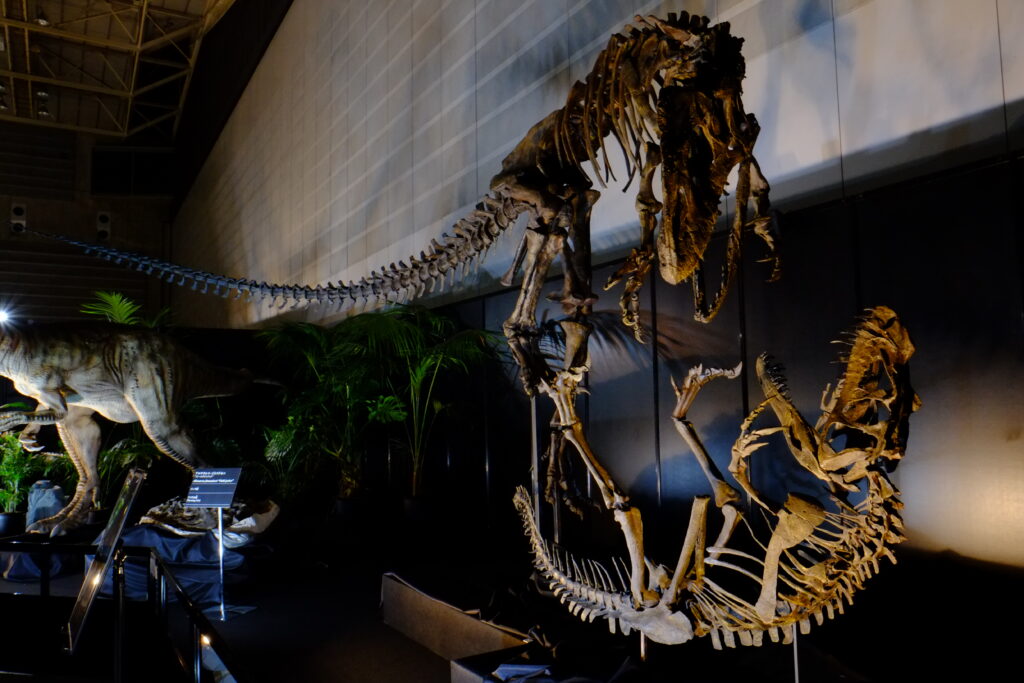
After examining the evidence and competing interpretations, what can we reasonably conclude about this controversial fossil? The most scientifically sound position acknowledges both the suggestive evidence for cannibalism and the legitimate alternative explanations. The tooth marks on the Allosaurus bones are consistent with those that could be made by another Allosaurus, making cannibalism a plausible interpretation. However, the evidence cannot definitively rule out other scenarios, including scavenging rather than predation, misidentification of the predator species, or taphonomic processes creating misleading marks. The fossil represents a single instance rather than a pattern, further limiting the conclusions that can be drawn about typical Allosaurus behavior. Perhaps most importantly, this case demonstrates that paleontological evidence often exists in a zone of ambiguity where multiple interpretations remain viable. Rather than seeing this as a failure of the scientific method, it reflects the appropriate caution when interpreting fragmented evidence from deep time. Future discoveries may strengthen one interpretation over others, but for now, the most honest scientific position maintains a degree of uncertainty while acknowledging the tantalizing possibility that these ancient predators sometimes turned on their kind.
Conclusion
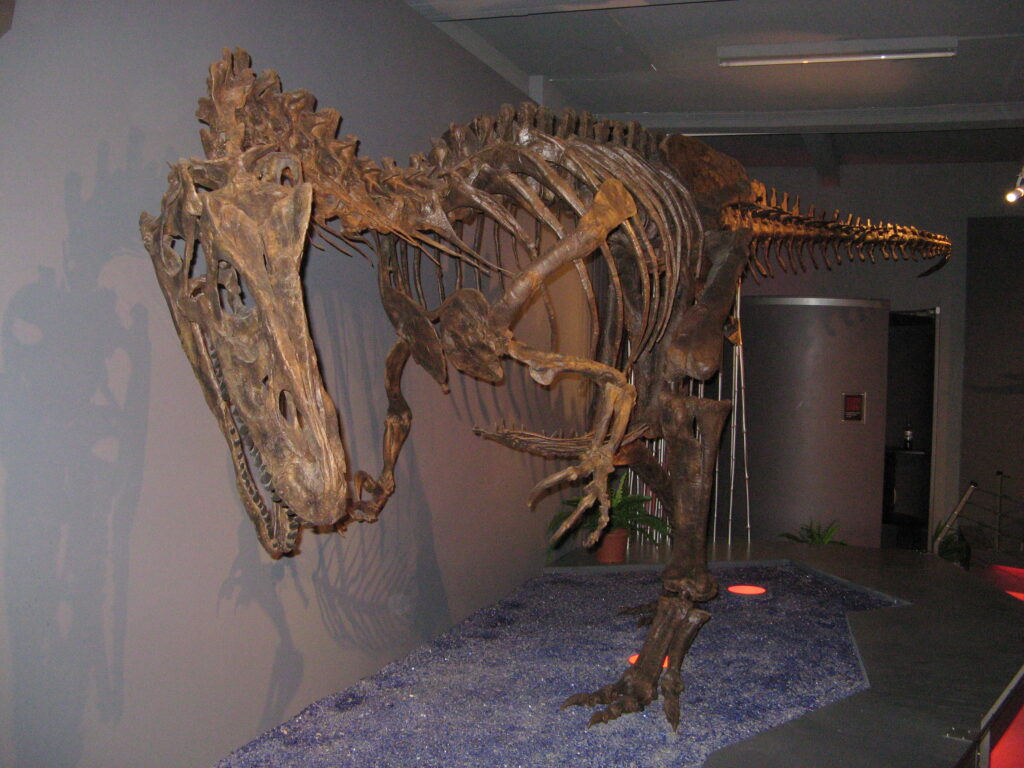
In conclusion, the debate over whether this fossil provides evidence of dinosaur cannibalism exemplifies both the excitement and the limitations of paleontological research. The tooth-marked Allosaurus remains present compelling but inconclusive evidence that these Jurassic predators may have sometimes consumed members of their species. This scientific controversy reminds us that understanding prehistoric life involves detective work with fragmentary clues, where multiple interpretations can coexist until further evidence emerges. What makes paleontology so fascinating is precisely this tension between what we can know and what remains speculative about creatures that vanished millions of years ago. Whether or not Allosaurus engaged in cannibalism, the ongoing investigation continues to refine our methods, challenge our assumptions, and deepen our appreciation for the complex behaviors that may have characterized life in the age of dinosaurs.



